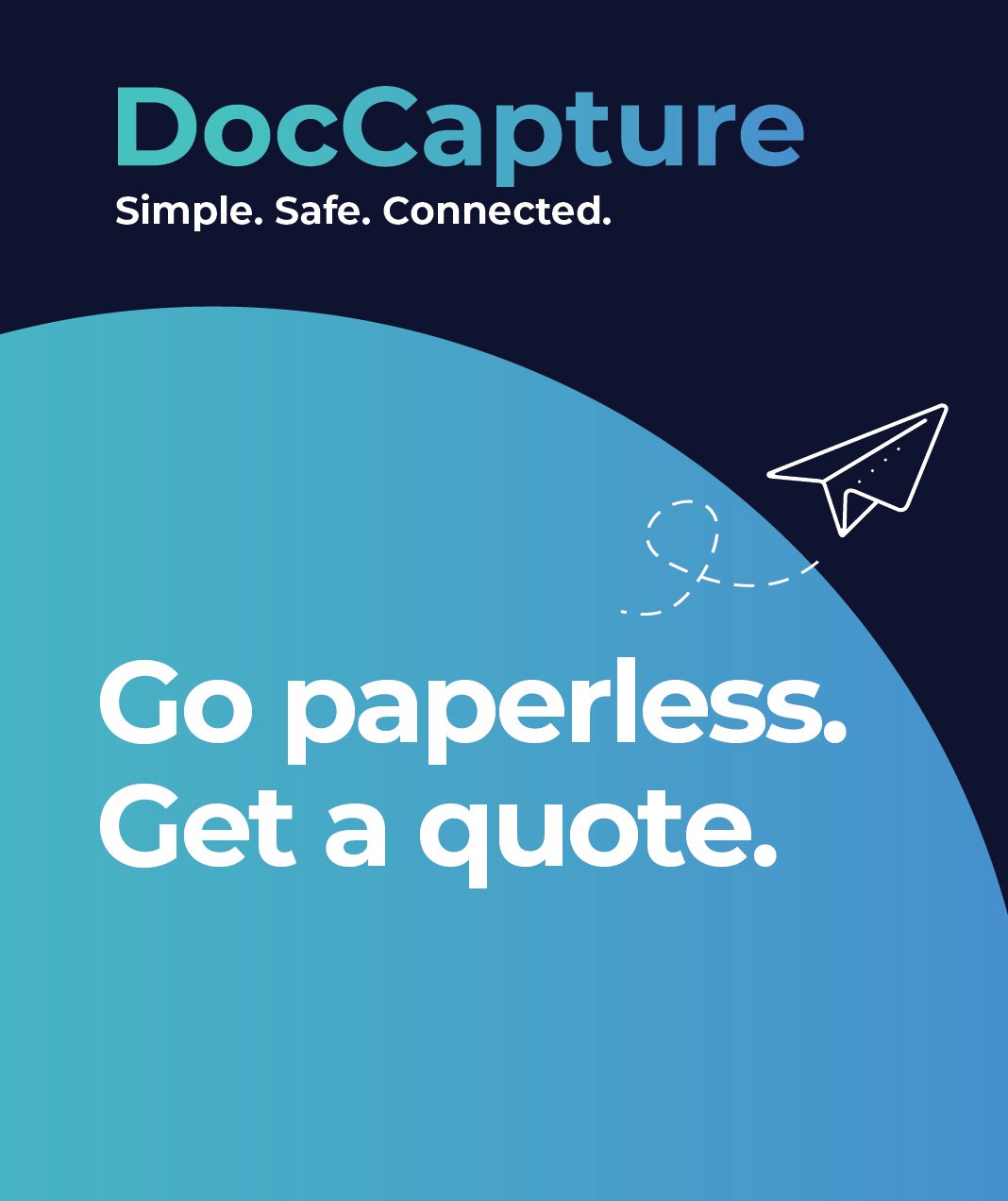Streamlining Nonprofit Operations with Document Scanning Solutions
Table of contents
In a sector where every dollar counts and mission impact is paramount, nonprofit professionals constantly seek ways to enhance efficiency without overextending limited budgets. Yet, many organizations remain bogged down by paper-based systems—struggling with misplaced files, time-consuming audits, and fragmented workflows. These administrative headaches don’t just slow operations—they divert energy from the vital work nonprofits are meant to do.
That’s where document scanning steps in.
For Executive Directors, Operations Managers, IT leaders, and Finance teams, digitizing physical records is more than a technical upgrade—it’s a strategic move toward streamlined, transparent, and compliant operations. This article explores how document scanning can help nonprofits centralize information, reduce overhead, and build a solid foundation for digital transformation—empowering staff to focus more time and resources on their mission.
Current Pain Points in Nonprofit Operations
Despite the passion and dedication driving nonprofit work, many organizations face persistent operational challenges rooted in outdated document management practices. These pain points span across departments and roles, making day-to-day tasks unnecessarily complex and costly.
Disorganization and Inefficiency
Paper files stored in cabinets, boxes, or offsite locations are hard to manage. Searching for a single donor agreement or compliance record can consume hours. This inefficiency reduces team productivity and increases frustration. In a 2022 report from TechSoup, 52% of nonprofits cited outdated technology as a barrier to efficiency.
Compliance and Audit Challenges
Finance and operations teams often struggle to prepare for audits when key documents are scattered or incomplete. Compliance with grant requirements, donor agreements, and government regulations becomes a high-stakes task that’s vulnerable to human error and loss. According to Nonprofit Quarterly, lack of proper recordkeeping is one of the most common audit red flags for nonprofits.
High Costs of Manual Processes
Printing, copying, and physical storage carry ongoing costs that add up over time. These budget-draining processes are often overlooked when reviewing operational spending. As noted by Idealware, transitioning to digital processes can save thousands annually in paper, storage, and labor costs.
Limited Accessibility and Collaboration
Remote work, field operations, and cross-functional collaboration are hindered when key documents are only available on-site or in hard copy. Teams lose time chasing paperwork instead of focusing on mission-critical initiatives. Document scanning helps nonprofits support hybrid work environments and real-time access from any location.
How Document Scanning Solves These Challenges
Digitizing paper records through document scanning isn’t just about reducing clutter—it’s about transforming how your nonprofit operates. By scanning and indexing documents into a secure digital format, organizations can address their most pressing operational pain points with smart, scalable solutions.
Centralized and Searchable Archives
Document scanning consolidates all records into a central repository, making them easily searchable and retrievable. Whether it’s donor communications, grant agreements, or board meeting minutes, staff can access what they need in seconds, not hours. This centralization improves efficiency and empowers staff with the information they need to make faster, more informed decisions.
Easier Compliance and Audit Readiness
With scanned documents organized and backed up digitally, preparing for audits and ensuring regulatory compliance becomes significantly easier. Finance teams can quickly pull historical records, verify timelines, and demonstrate transparency—reducing stress and audit prep time.
Reduced Operational Costs
While there’s an upfront investment in document scanning, the long-term savings are substantial. By cutting back on paper, storage, and labor associated with manual filing, nonprofits can reallocate funds toward programs and services that further their mission.
Improved Security and Access Control
Digital records can be encrypted, access-restricted, and monitored—something that’s nearly impossible with physical files. This protects sensitive donor information, HR records, and financial data, ensuring that only authorized personnel have access.
Seamless Integration with Digital Workflows
Scanned documents can be integrated with your existing software tools, such as donor management systems (like Bloomerang), cloud storage platforms, and grant tracking systems. This creates a more cohesive digital ecosystem, where documents are not only stored but also actively used in workflows.
Implementation Tips for Nonprofits
Transitioning to a digital document management system doesn’t have to be overwhelming. With thoughtful planning and the right partners, nonprofits can make the shift smoothly and start realizing benefits almost immediately.
Start with a Document Audit
Begin by identifying what types of documents you have, where they’re stored, and how frequently they’re accessed. This audit will help prioritize what should be scanned first—typically high-use and high-value records like donor files, grant documentation, and HR records.
Define Clear Objectives
Are you aiming to reduce storage costs? Improve audit readiness? Enable remote access? Clarifying your goals will shape the scanning process and help measure its success.
Choose the Right Scanning Partner
Work with a document scanning provider that understands the nonprofit sector and offers tailored solutions. Look for vendors that provide secure handling, indexing, and compatibility with your existing digital systems. Many nonprofits turn to specialists like Shred-it or Record Nations for scalable, secure services.
Develop a Digital Filing System
Establish standardized naming conventions and folder structures to maintain consistency and avoid digital clutter. This system should reflect how your team works—making it intuitive to find and manage files post-scanning.
Train Staff and Roll Out Gradually
Change management is key. Provide hands-on training for team members and introduce the new system in phases. Start with one department or document type, refine your process, and expand from there.
Conclusion
For nonprofit leaders striving to maximize impact with limited resources, document scanning offers a powerful way to streamline operations, cut costs, and improve compliance. By replacing outdated paper systems with digital workflows, organizations not only save time and money—they also free up their teams to focus on mission-driven work.
Whether you’re preparing for your next audit, seeking to improve donor transparency, or building a more agile operation, digitizing your documents is a smart, strategic move. Don’t let paper slow you down.
Ready to take the first step? Fill out our “Get a Quote” form today and discover how document scanning can transform your nonprofit operations.
Share this
You May Also Like
These Related Stories

Enhancing Donor Reporting and Transparency with Digital Records

Reducing Administrative Overhead in Nonprofits with Scanning Services

